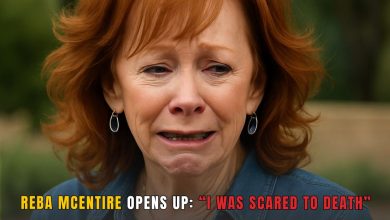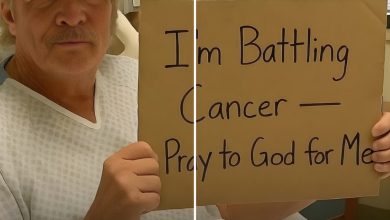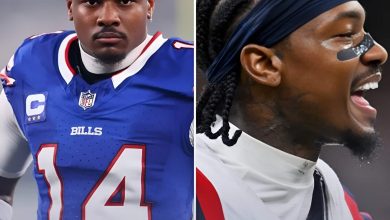The Day Ted Turner Launched “America’s Team” – How One Satellite Deal Rewrote Baseball History.vc
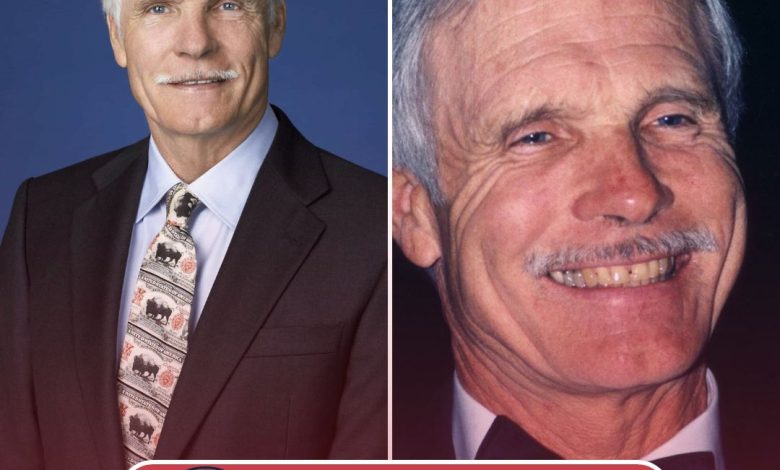
Atlanta, October 29, 2025 – Forty-nine years ago today, Ted Turner didn’t just sign a contract—he ignited a revolution. On October 29, 1976, the 37-year-old media maverick inked a deal with RCA to beam Atlanta Braves games via satellite from his Channel 17 (WTCG) to cable systems nationwide, birthing the first “superstation” and transforming a struggling Southern franchise into “America’s Team.” No longer confined to Georgia’s airwaves, Skip Caray’s play-by-play and Pete Van Wieren’s analysis crackled into 2 million homes by 1977, swelling to 30 million by 1985. The Braves—perennial NL West also-rans with a .438 winning percentage from 1969–75—suddenly had a coast-to-coast congregation. “I didn’t buy the team to lose money,” Turner quipped in 1976. “I bought it to have fun—and to win.” That fun became a broadcast empire, proving one bold handshake could change sports forever.
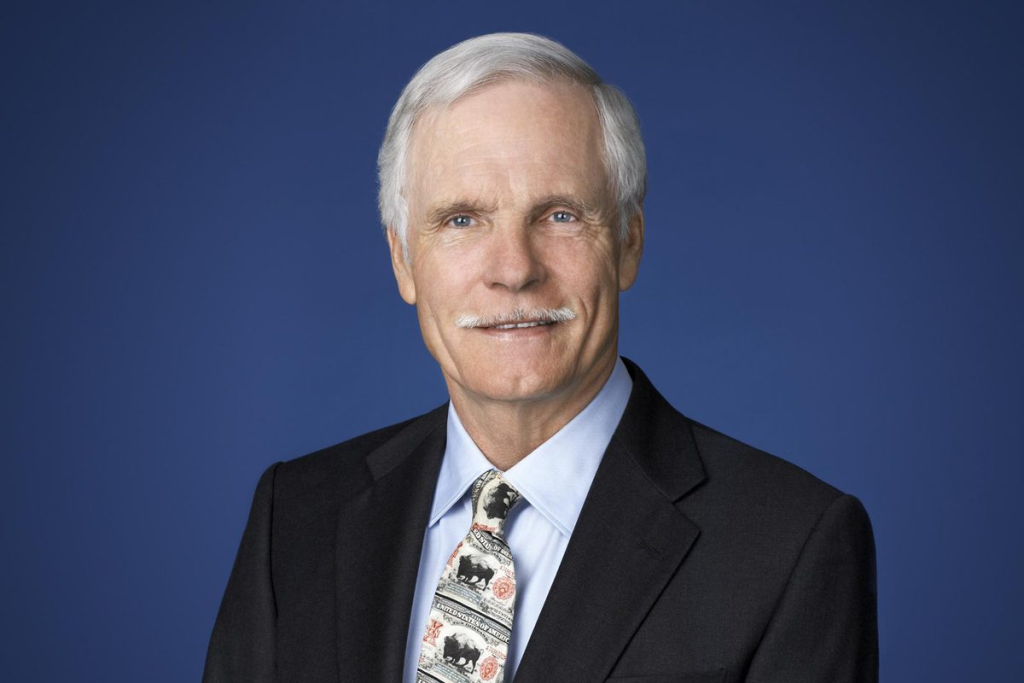
The Spark: A Struggling Team Meets a Satellite Visionary
The Braves were floundering in 1976: 67–94 record, last in the NL West, attendance a paltry 818,179 at Fulton County Stadium. Turner, fresh off purchasing the club for $10 million in January, saw untapped potential. His WTCG—acquired in 1970 for $2.5 million—was a UHF also-ran bleeding cash. But Turner’s genius? Spotting the satellite revolution. On October 29, he signed with RCA to uplink Braves games to cable headends nationwide for $25,000 per game, a pittance compared to network TV.
By December 1976, WTCG rebranded as a “superstation,” reaching 1,000 cable systems. The first national telecast: April 8, 1977, vs. the Dodgers. “Hello, everybody, this is Skip Caray…” echoed from Maine to California. By 1979, 100+ games aired nationally—free exposure no MLB team had dreamed of.
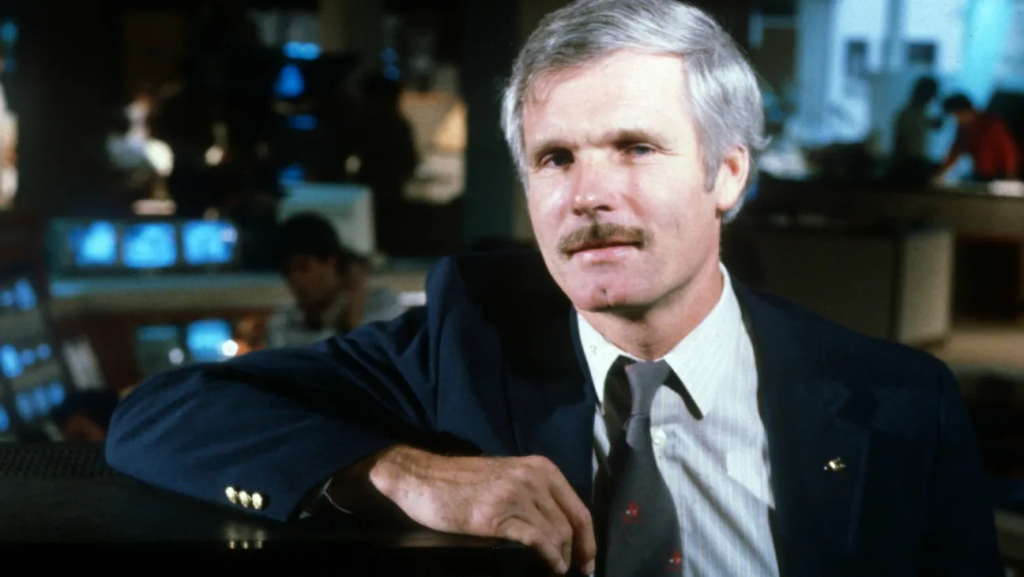
The Impact: From Regional Ragtag to National Phenomenon
The numbers exploded:
- 1976 attendance: 818,179
- 1982 attendance: 1.8 million (Dale Murphy MVP year)
- 1991 attendance: 2.1 million (worst-to-first miracle)
The Braves became appointment TV. Kids in Iowa wore Tom Glavine jerseys; Montana bars debated Bobby Cox’s bullpen. “We created fans in places that never had baseball,” Turner said in 1996. The 1991 NLCS vs. Pirates drew 13.5 million viewers on TBS—rivaling network ratings.
| Year | Attendance | National Reach | Key Moment |
|---|---|---|---|
| 1976 | 818K | Local only | Turner buys team |
| 1977 | 1.1M | 2M homes | First satellite game |
| 1985 | 1.6M | 30M homes | Murphy MVP |
| 1991 | 2.1M | 50M+ homes | Worst-to-first |
The Legacy: Cable TV, 14 Straight Divisions, and a Cultural Shift
Turner’s gamble birthed:
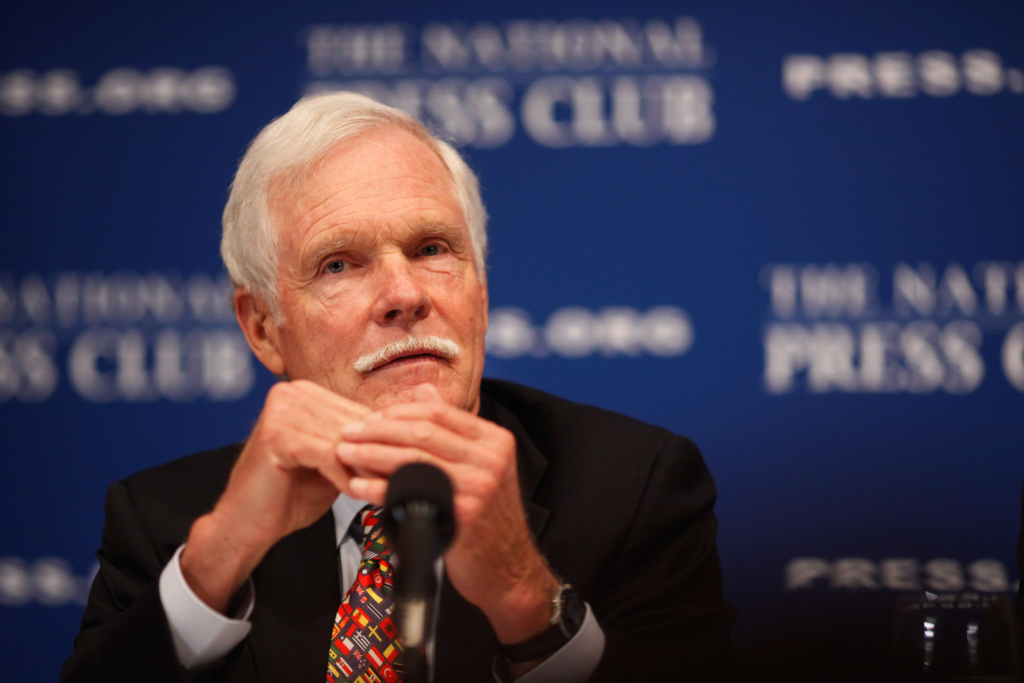
- 14 consecutive division titles (1991–2005, MLB record)
- 1995 World Series (Glavine, Smoltz, Maddux on national TV)
- TBS as “The Braves Network” until 2013
It forced MLB to adapt: Cable deals soared, revenue tripled. “Ted made baseball borderless,” Hank Aaron said in 2007. The Braves’ red tomahawk became a national logo, not just Atlanta’s.
Turner sold to Time Warner in 1996, but his imprint endures: Bally Sports, Peacock, Apple TV+—all owe DNA to that 1976 uplink.
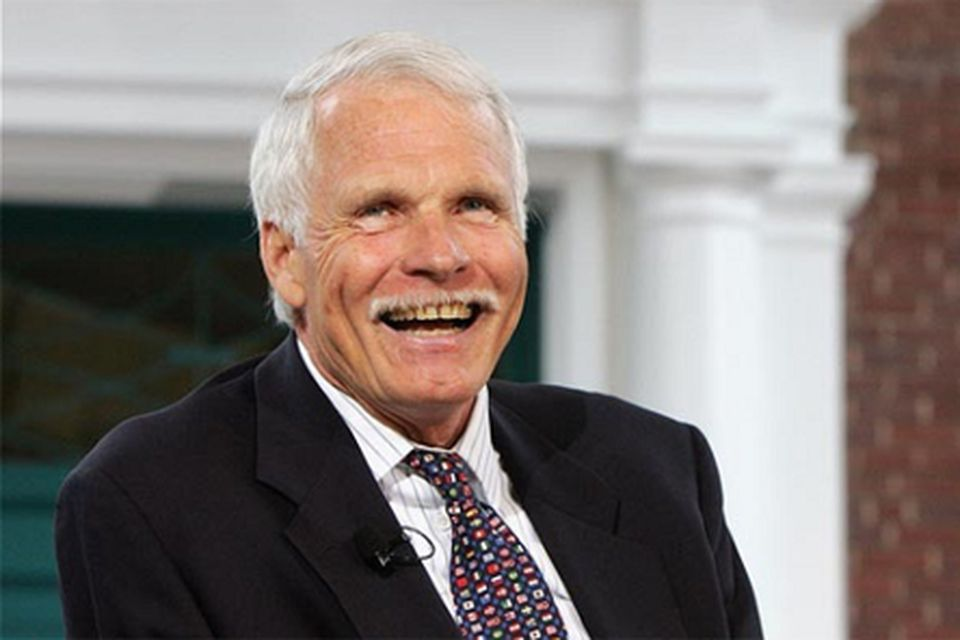
Conclusion
October 29, 1976, wasn’t just a deal—it was destiny. Ted Turner didn’t save the Braves; he shared them, turning a local laughingstock into “America’s Team.” From satellite to streaming, his vision proved passion plus innovation equals legacy. Braves fans, raise a glass: 49 years ago today, your team went nationwide—and baseball was never the same.


